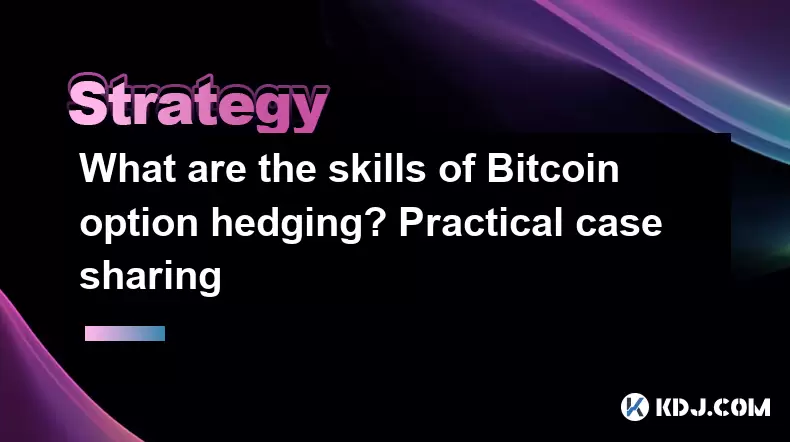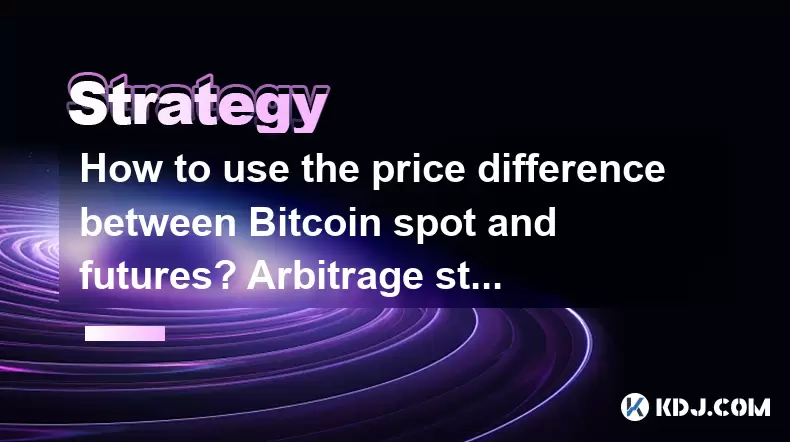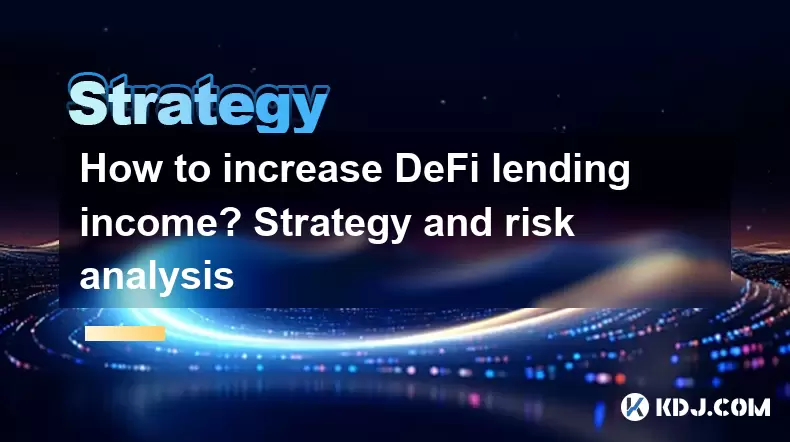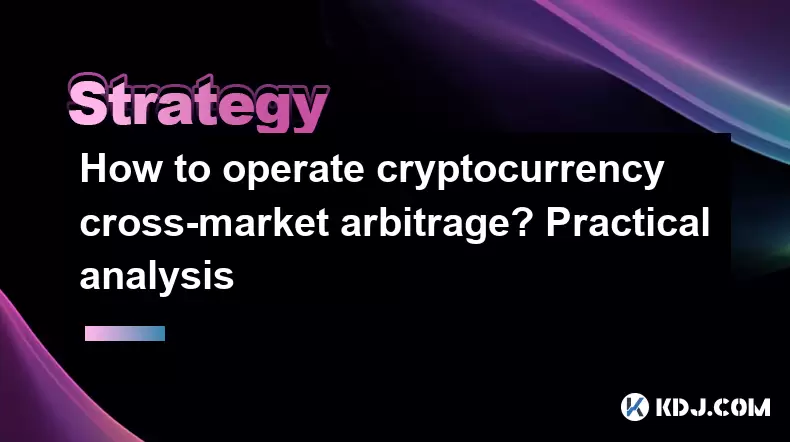-
 Bitcoin
Bitcoin $108,639.5535
1.29% -
 Ethereum
Ethereum $2,507.1944
3.16% -
 Tether USDt
Tether USDt $1.0003
0.00% -
 XRP
XRP $2.1982
0.65% -
 BNB
BNB $654.1814
0.99% -
 Solana
Solana $152.3907
1.88% -
 USDC
USDC $0.9998
-0.01% -
 TRON
TRON $0.2763
0.40% -
 Dogecoin
Dogecoin $0.1683
3.32% -
 Cardano
Cardano $0.5716
1.42% -
 Hyperliquid
Hyperliquid $40.7564
8.17% -
 Bitcoin Cash
Bitcoin Cash $500.5813
1.41% -
 Sui
Sui $2.8642
2.51% -
 Chainlink
Chainlink $13.5555
1.79% -
 UNUS SED LEO
UNUS SED LEO $9.1649
0.51% -
 Avalanche
Avalanche $18.4650
3.41% -
 Stellar
Stellar $0.2386
0.24% -
 Toncoin
Toncoin $2.8878
1.59% -
 Shiba Inu
Shiba Inu $0.0...01168
1.67% -
 Litecoin
Litecoin $87.6955
2.00% -
 Hedera
Hedera $0.1517
3.12% -
 Monero
Monero $312.6714
1.11% -
 Polkadot
Polkadot $3.5008
3.27% -
 Bitget Token
Bitget Token $4.6166
-0.55% -
 Dai
Dai $0.9999
0.00% -
 Ethena USDe
Ethena USDe $1.0002
0.01% -
 Uniswap
Uniswap $7.3109
3.98% -
 Pepe
Pepe $0.0...01008
6.25% -
 Aave
Aave $276.8587
7.04% -
 Pi
Pi $0.5277
-0.95%
What to do if the CORE transaction fee is too high? What are the strategies to reduce costs?
To reduce high CORE transaction fees, batch multiple transactions, use off-peak times, and consider Layer 2 solutions for more efficient and cost-effective transactions.
May 07, 2025 at 10:35 am

If you find that the CORE transaction fee is too high, there are several strategies you can employ to reduce costs and manage your transactions more effectively. Understanding how to navigate these fees is crucial for anyone involved in the cryptocurrency space, especially when dealing with the CORE blockchain.
Understanding CORE Transaction Fees
The CORE blockchain, like many other blockchains, operates on a fee-based system to prioritize and process transactions. The fees are typically determined by the size of the transaction data and the urgency with which the transaction needs to be confirmed. When the network is congested, fees can spike, making it more expensive to send transactions.
To understand why fees might be high, it's important to consider factors such as network congestion, the size of the transaction, and the priority level you assign to the transaction. Higher fees are often paid to ensure faster confirmation times, especially during periods of high demand.
Strategies to Reduce CORE Transaction Fees
There are several approaches you can take to minimize the fees you pay on the CORE network:
1. Adjusting Transaction Priority
One of the simplest ways to reduce fees is to adjust the priority of your transaction. If you're not in a rush, you can set a lower fee, which will result in a longer confirmation time but will save you money.
- Open your CORE wallet or the platform you use for transactions.
- Navigate to the transaction settings or fee settings section.
- Adjust the fee slider or input a custom fee to a lower amount.
- Confirm the transaction with the new, lower fee.
2. Batching Transactions
If you need to make multiple transactions, consider batching them into a single transaction. This can significantly reduce the overall fee you pay, as you're only paying for one transaction instead of several.
- Identify all the transactions you need to make.
- Use a wallet or platform that supports batching transactions.
- Input all the recipients and amounts into a single transaction.
- Review and confirm the batched transaction.
3. Using Off-Peak Times
Transaction fees can fluctuate based on the time of day and overall network activity. By sending transactions during off-peak times, you can take advantage of lower fees.
- Monitor the CORE network's activity using blockchain explorers or fee estimation tools.
- Plan your transactions for times when the network is less congested, typically late at night or early in the morning.
- Execute your transactions during these identified off-peak times.
4. Utilizing Layer 2 Solutions
Layer 2 solutions, such as sidechains or payment channels, can help reduce the load on the main CORE blockchain, resulting in lower fees. These solutions process transactions off the main chain and then settle them in batches.
- Research available Layer 2 solutions compatible with the CORE network.
- Set up an account or wallet on the chosen Layer 2 platform.
- Conduct your transactions through the Layer 2 solution, which will handle them more efficiently and at a lower cost.
5. Optimizing Transaction Size
The size of your transaction can impact the fee you pay. By optimizing the transaction data, you can reduce the fee. This might involve using more efficient address formats or reducing the number of inputs and outputs.
- Use a wallet that supports SegWit addresses, which are more efficient and result in lower fees.
- If possible, consolidate your funds into fewer inputs to reduce the transaction size.
- Avoid unnecessary data in your transactions, such as long memos or additional metadata.
Monitoring and Adjusting Fees
It's important to stay informed about the current state of the CORE network and adjust your strategies accordingly. Use tools and resources to monitor fee trends and network congestion.
- Regularly check blockchain explorers and fee estimation tools to stay updated on current fee levels.
- Adjust your transaction settings based on the latest information to optimize your fees.
- Consider setting up alerts or notifications for significant changes in network activity or fee levels.
Choosing the Right Wallet or Platform
The wallet or platform you use can also impact the fees you pay. Some wallets offer more control over fee settings and better support for fee-reducing strategies.
- Research different wallets and platforms that support the CORE network.
- Look for features such as fee customization, batching support, and integration with Layer 2 solutions.
- Choose a wallet or platform that aligns with your needs and offers the best tools for managing fees.
Practical Example: Reducing Fees on a CORE Transaction
Let's walk through a practical example of how you might reduce fees on a CORE transaction:
- You need to send 10 CORE to three different recipients.
- Instead of sending three separate transactions, you decide to batch them into one transaction.
- You open your CORE wallet and navigate to the send section.
- You input the three recipients and the corresponding amounts into a single transaction.
- You adjust the fee to a lower amount, as you're not in a rush for the transaction to be confirmed.
- You review the transaction details and confirm the batched transaction with the lower fee.
By following these steps, you've successfully reduced the fees you would have paid by sending three separate transactions.
Frequently Asked Questions
Q: Can I change the fee after I've sent a transaction on the CORE network?
A: No, once a transaction is broadcast to the CORE network, the fee cannot be changed. It's important to set the fee correctly before sending the transaction.
Q: Are there any risks associated with setting a very low fee on the CORE network?
A: Yes, setting a very low fee can result in your transaction taking a long time to confirm or even being dropped from the mempool if it's not picked up by miners. It's a balance between cost and confirmation time.
Q: How can I estimate the optimal fee for a CORE transaction?
A: You can use fee estimation tools and blockchain explorers that provide real-time data on current fee levels and network congestion. These tools can help you set an appropriate fee for your transaction.
Q: Is it possible to get a refund on CORE transaction fees if they are too high?
A: No, transaction fees on the CORE network are non-refundable. Once a transaction is confirmed, the fee is paid to the miners and cannot be reclaimed.
Disclaimer:info@kdj.com
The information provided is not trading advice. kdj.com does not assume any responsibility for any investments made based on the information provided in this article. Cryptocurrencies are highly volatile and it is highly recommended that you invest with caution after thorough research!
If you believe that the content used on this website infringes your copyright, please contact us immediately (info@kdj.com) and we will delete it promptly.
- SEI User Activity Sparks Short Squeeze Talk as Price Nears Key Resistance
- 2025-06-30 08:30:12
- Toncoin's Traction: Decentralized Payments Stealing the Show?
- 2025-06-30 08:50:12
- ETH, Crypto, and the Validator Upgrade: Wall Street's New Darling?
- 2025-06-30 08:50:12
- MAGACOIN FINANCE: The Political Meme Coin Shaking Up Crypto in 2025
- 2025-06-30 09:10:12
- Crypto Presale Top Picks for 2025: What's Hot and What's Not
- 2025-06-30 09:30:12
- Qubetics, CEX Debut, and Injective Stellar: A New Yorker's Take on the Crypto Scene
- 2025-06-30 09:30:12
Related knowledge

What are the skills of Bitcoin option hedging? Practical case sharing
Jun 24,2025 at 04:01pm
Understanding Bitcoin Option HedgingBitcoin option hedging is a risk management strategy used by traders and investors to protect their positions in the volatile cryptocurrency market. By using options, individuals can limit potential losses while retaining the opportunity for profit. In essence, it allows one to insulate against adverse price movements...

How to use the price difference between Bitcoin spot and futures? Arbitrage strategy
Jun 20,2025 at 02:56pm
Understanding Bitcoin Spot and Futures MarketsTo effectively leverage arbitrage opportunities between Bitcoin spot and futures markets, it's essential to understand the fundamental differences between these two types of markets. The spot market refers to the direct buying and selling of Bitcoin for immediate delivery at the current market price. In cont...

How to increase DeFi lending income? Strategy and risk analysis
Jun 24,2025 at 02:08pm
Understanding DeFi Lending and Its Income PotentialDeFi (Decentralized Finance) lending has emerged as a popular way to earn passive income in the cryptocurrency space. Unlike traditional banking systems, DeFi lending platforms allow users to lend their crypto assets directly to borrowers without intermediaries. The lenders earn interest based on the su...

How to operate cryptocurrency cross-market arbitrage? Practical analysis
Jun 23,2025 at 04:01am
Understanding Cryptocurrency Cross-Market ArbitrageCryptocurrency cross-market arbitrage involves taking advantage of price differences for the same digital asset across different exchanges. The core idea is to buy low on one exchange and sell high on another, capturing the profit from the discrepancy. This strategy relies heavily on real-time market da...

How to make profits from high-frequency cryptocurrency trading? Sharing core skills
Jun 19,2025 at 05:07pm
Understanding High-Frequency Cryptocurrency TradingHigh-frequency trading (HFT) in the cryptocurrency market involves executing a large number of trades at extremely fast speeds, often within milliseconds. This method relies on small price discrepancies across exchanges or within a single exchange’s order book. Traders use complex algorithms and ultra-l...

What are the methods of cryptocurrency quantitative trading? Detailed analysis
Jun 22,2025 at 11:07pm
Understanding the Core of Cryptocurrency Quantitative TradingCryptocurrency quantitative trading refers to the use of mathematical models and algorithms to execute trades in the digital asset market. Unlike traditional discretionary trading, which relies heavily on human judgment, quantitative trading leverages data-driven strategies to identify profita...

What are the skills of Bitcoin option hedging? Practical case sharing
Jun 24,2025 at 04:01pm
Understanding Bitcoin Option HedgingBitcoin option hedging is a risk management strategy used by traders and investors to protect their positions in the volatile cryptocurrency market. By using options, individuals can limit potential losses while retaining the opportunity for profit. In essence, it allows one to insulate against adverse price movements...

How to use the price difference between Bitcoin spot and futures? Arbitrage strategy
Jun 20,2025 at 02:56pm
Understanding Bitcoin Spot and Futures MarketsTo effectively leverage arbitrage opportunities between Bitcoin spot and futures markets, it's essential to understand the fundamental differences between these two types of markets. The spot market refers to the direct buying and selling of Bitcoin for immediate delivery at the current market price. In cont...

How to increase DeFi lending income? Strategy and risk analysis
Jun 24,2025 at 02:08pm
Understanding DeFi Lending and Its Income PotentialDeFi (Decentralized Finance) lending has emerged as a popular way to earn passive income in the cryptocurrency space. Unlike traditional banking systems, DeFi lending platforms allow users to lend their crypto assets directly to borrowers without intermediaries. The lenders earn interest based on the su...

How to operate cryptocurrency cross-market arbitrage? Practical analysis
Jun 23,2025 at 04:01am
Understanding Cryptocurrency Cross-Market ArbitrageCryptocurrency cross-market arbitrage involves taking advantage of price differences for the same digital asset across different exchanges. The core idea is to buy low on one exchange and sell high on another, capturing the profit from the discrepancy. This strategy relies heavily on real-time market da...

How to make profits from high-frequency cryptocurrency trading? Sharing core skills
Jun 19,2025 at 05:07pm
Understanding High-Frequency Cryptocurrency TradingHigh-frequency trading (HFT) in the cryptocurrency market involves executing a large number of trades at extremely fast speeds, often within milliseconds. This method relies on small price discrepancies across exchanges or within a single exchange’s order book. Traders use complex algorithms and ultra-l...

What are the methods of cryptocurrency quantitative trading? Detailed analysis
Jun 22,2025 at 11:07pm
Understanding the Core of Cryptocurrency Quantitative TradingCryptocurrency quantitative trading refers to the use of mathematical models and algorithms to execute trades in the digital asset market. Unlike traditional discretionary trading, which relies heavily on human judgment, quantitative trading leverages data-driven strategies to identify profita...
See all articles

























































































